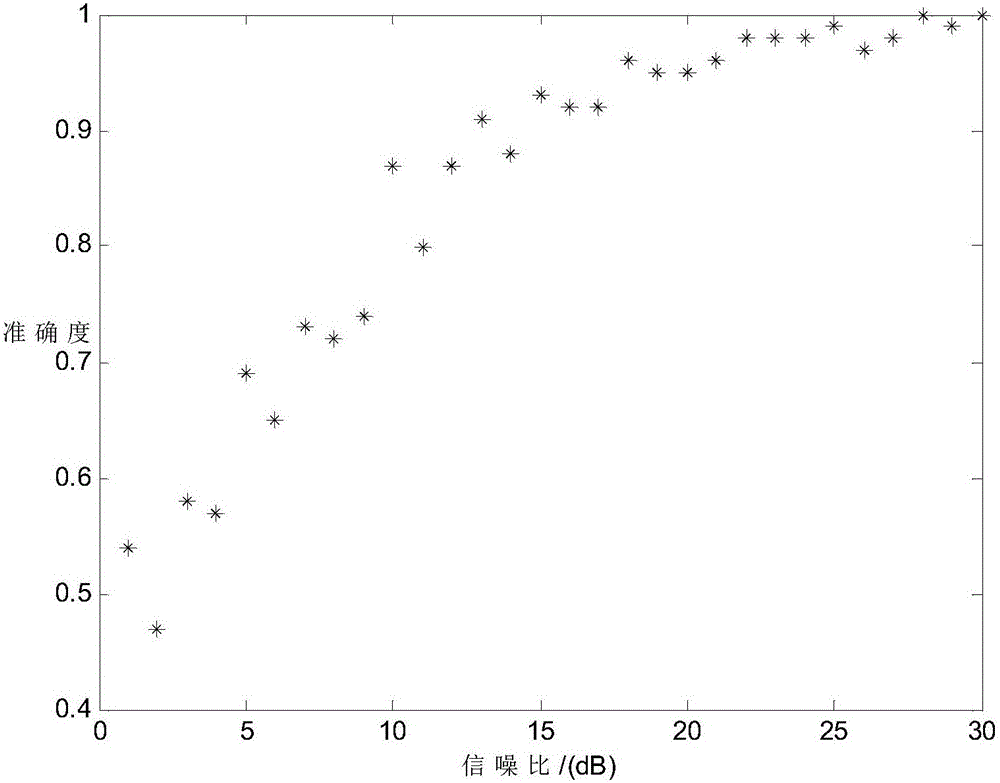Wind turbine generator gearbox fault diagnosis method based on vibration signal blind source separation and sparse component analysis
A sparse component analysis and vibration signal technology, which is applied to computer components, character and pattern recognition, instruments, etc., can solve problems such as non-stationary gearbox fault signals, affecting diagnostic results, and source signal aliasing
- Summary
- Abstract
- Description
- Claims
- Application Information
AI Technical Summary
Problems solved by technology
Method used
Image
Examples
Embodiment Construction
[0052] Below in conjunction with accompanying drawing, the present invention is described in further detail:
[0053] figure 1 The overall algorithm framework of the present invention is shown, and it can be seen from the figure that the present invention mainly includes three parts of the algorithm. After receiving the vibration signals of m sensors installed in the gearbox, there are two unknowns at this time, namely the number n of source signals and the source signal itself, so the purpose of the first part of the algorithm is to estimate the number n of source signals, where The algorithms used are empirical mode decomposition (EMD), singular value decomposition (SVD) and K-means clustering (K-Means). figure 2 The first part of the algorithm is shown in detail: choose any sensor signal for EMD decomposition, and after the decomposition, an IMF matrix composed of intrinsic mode functions will be obtained, and the singular value of the IMF autocorrelation matrix will be o...
PUM
 Login to View More
Login to View More Abstract
Description
Claims
Application Information
 Login to View More
Login to View More - R&D
- Intellectual Property
- Life Sciences
- Materials
- Tech Scout
- Unparalleled Data Quality
- Higher Quality Content
- 60% Fewer Hallucinations
Browse by: Latest US Patents, China's latest patents, Technical Efficacy Thesaurus, Application Domain, Technology Topic, Popular Technical Reports.
© 2025 PatSnap. All rights reserved.Legal|Privacy policy|Modern Slavery Act Transparency Statement|Sitemap|About US| Contact US: help@patsnap.com



